Workforce Skilling
GHE Aug 28, 2024
The Impact of Solar Water Heaters
Harnessing the Power of Sun
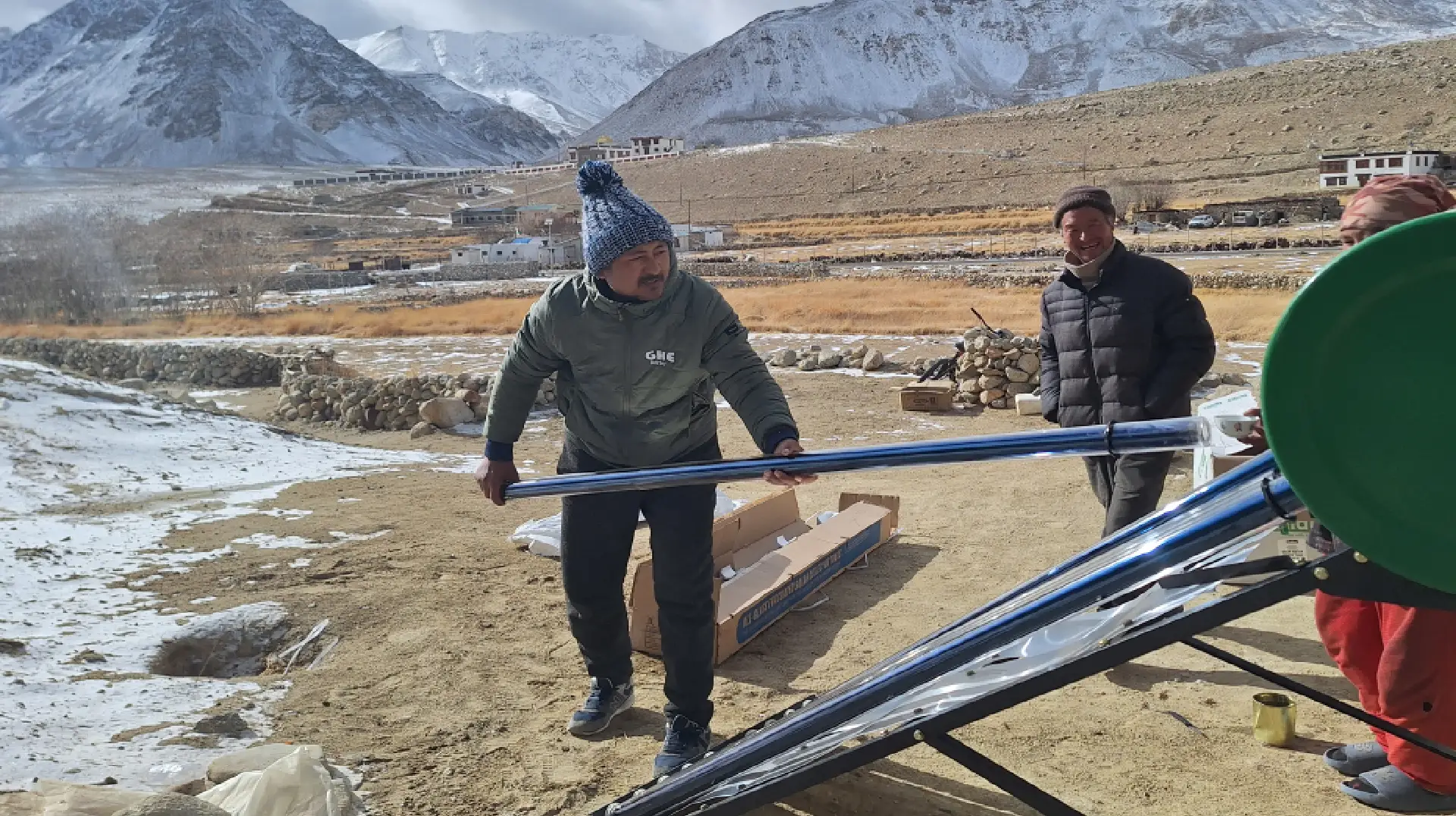
Fact :
Ladakh’s -20°C winters drive fossil fuel heating reliance.
The Challenge
In the remote highlands of Ladakh, where the majestic Himalayas dominate the landscape, life comes with unique challenges. Among them, access to warm water is particularly difficult during the frigid winters. Traditionally, locals rely on nature-based solutions, but harsh weather often hinders these efforts. Warm water, essential for cooking, cleaning, and bathing, typically requires burning firewood or kerosene, depleting natural resources and causing indoor pollution. A family of five can consume up to 500 kg of firewood annually just for heating water, resulting in roughly 900 kg of CO2 emissions, reflecting the broader environmental impact across the region.
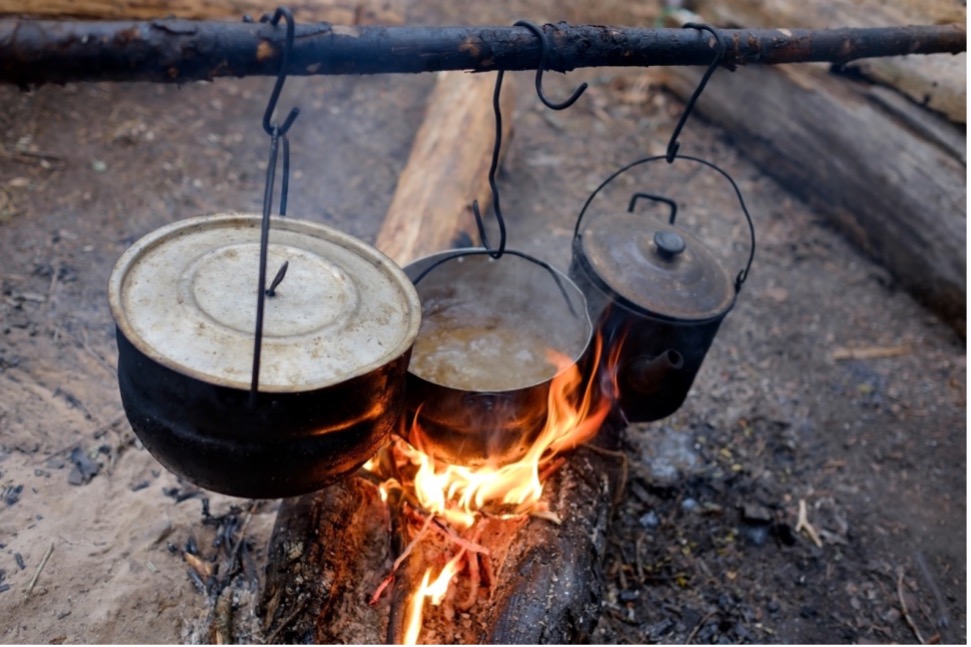
Wooden twigs being used to heat water
Solar and Ladakh
With over 300 sunny days a year, Ladakh is perfect for solar energy, making solar water heaters highly effective in improving life in remote villages. Ladakh’s higher-than-average irradiance presents an untapped energy source, ideal for addressing challenges like warm water availability.
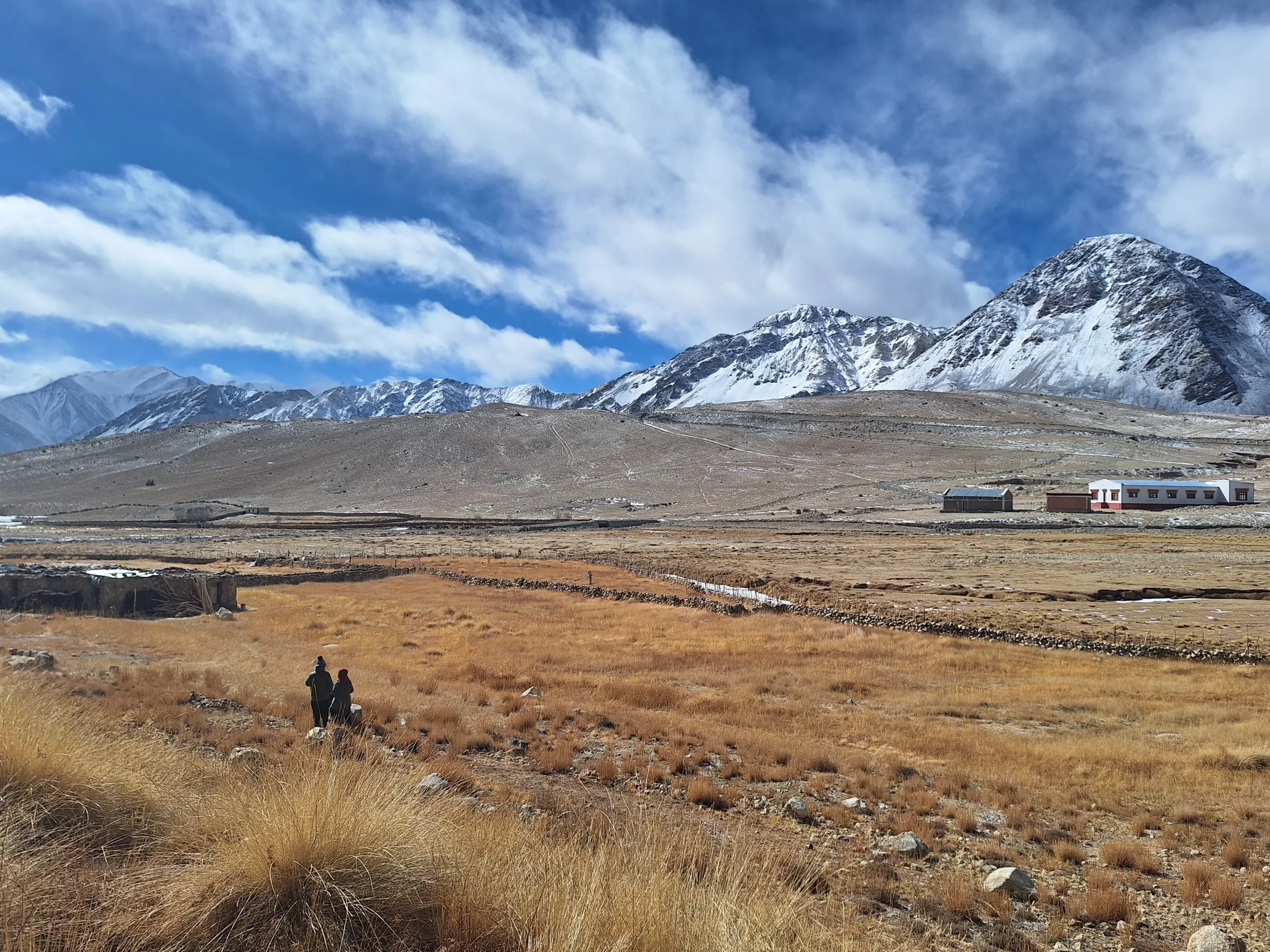
Harsh Terrain of Ladakh
Execution Model
GHE, committed to empowering locals and promoting sustainability, initiated the enhancement of solar water heaters in Ladakh. With a deep connection to the region and its communities, GHE collaborated with villagers, local administration, and community leaders to conduct thorough surveys. Villages were selected based on remoteness, household needs, and potential impact, ensuring the project met the community’s most urgent needs and fostered a sense of ownership.
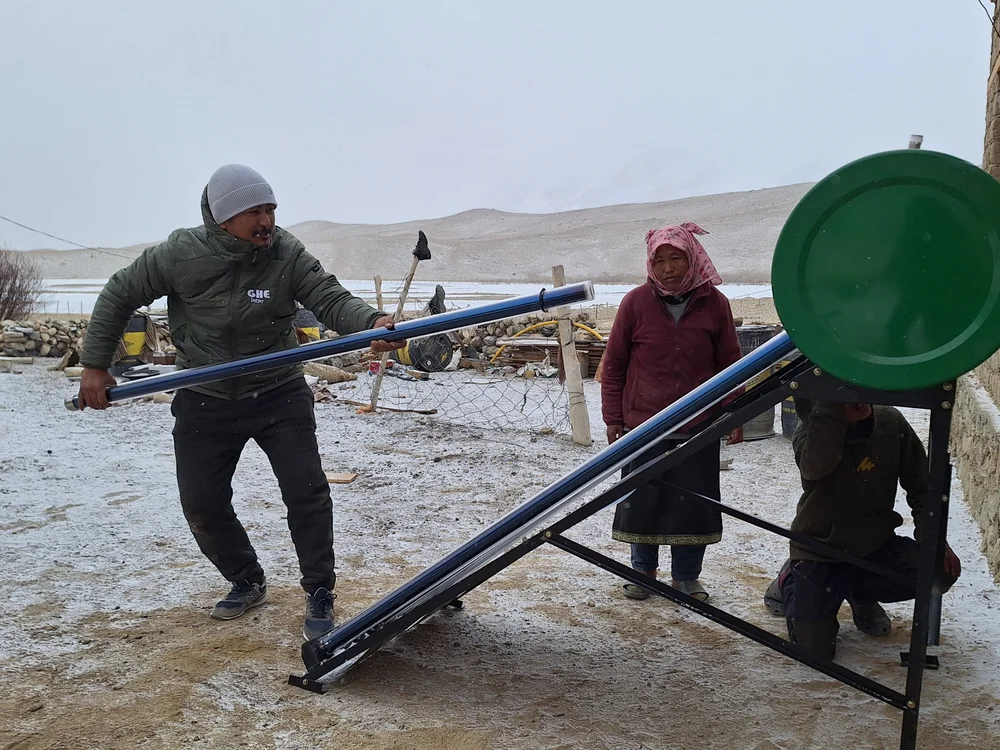
Installation of solar water heaters
Implementation
After identifying the beneficiaries, the focus shifted to fostering community ownership and responsibility. This was achieved through a partnership model where beneficiaries contributed a fixed amount toward the cost of the solar water heater (typically around $200). This approach instilled a sense of ownership and ensured long-term upkeep and maintenance. The funds collected from the community were then reinvested into other local development projects. The community recognized the value of this investment and willingly participated, understanding its long-term benefits.

Family members(kids) volunteering to help
Once the beneficiaries were finalized, the GHE team of went to transport and install these solar water heaters in the winter months. The team went to the different regions of Ladakh and installed solar water heaters. The team worked in extreme temperatures, during snowfalls, and even during the nights. This was done so that the villagers could make the instant switch from burning firewood to using clean solar energy for warm water. This instant switch has made its impact visible for these remote communities. The solar water heaters can provide instantaneous warm water in larger quantities than before. This meant, that the villagers had more warm water available throughout the year without burning any wood.
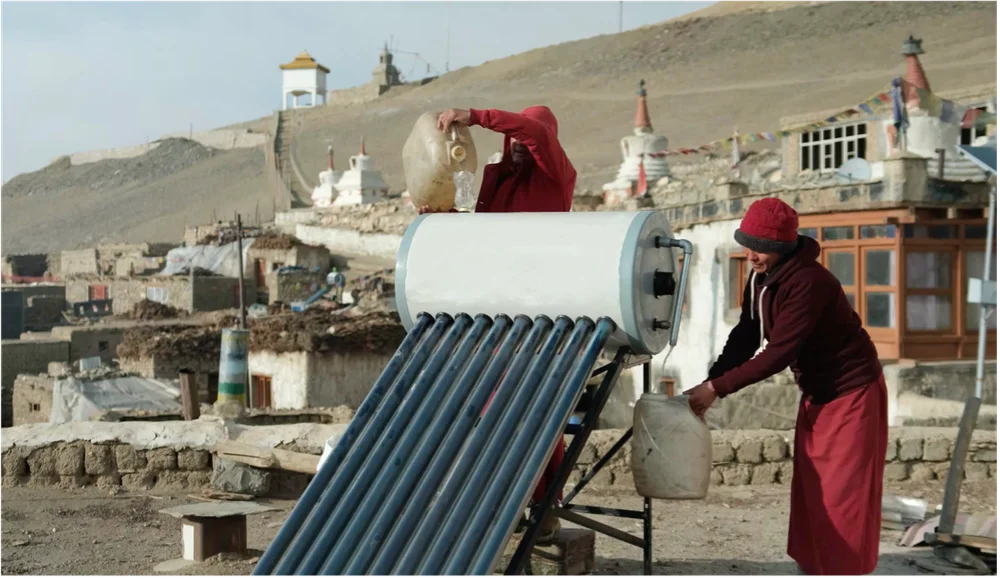
Monks using solar water heaters for warm water even at -20 Degrees Celcius
“The water heaters have transformed our community. Previously, we spent considerable time gathering firewood and yak dung, which was especially challenging during winter. Now, with solar power, we have access to hot water 24/7.”
– Shakir Hussain, Villager, Ladakh
The Impact
The installation of solar water heaters has transformed beneficiaries’ daily lives. They no longer spend hours collecting firewood or managing kerosene, enjoying on-demand warm water that enhances comfort, health, and hygiene. This technology has streamlined household tasks, freeing up time for education, work, and community activities. Each solar water heater replaces wood burning and reduces CO2 emissions by approximately 2,000 kg annually, helping lower the carbon footprint and preserve fragile ecosystems. With low initial costs and minimal maintenance, solar heaters are a sustainable alternative to traditional methods. GHE has installed over 150 solar heaters in 45 Ladakh villages, benefiting hundreds and significantly reducing carbon emissions.
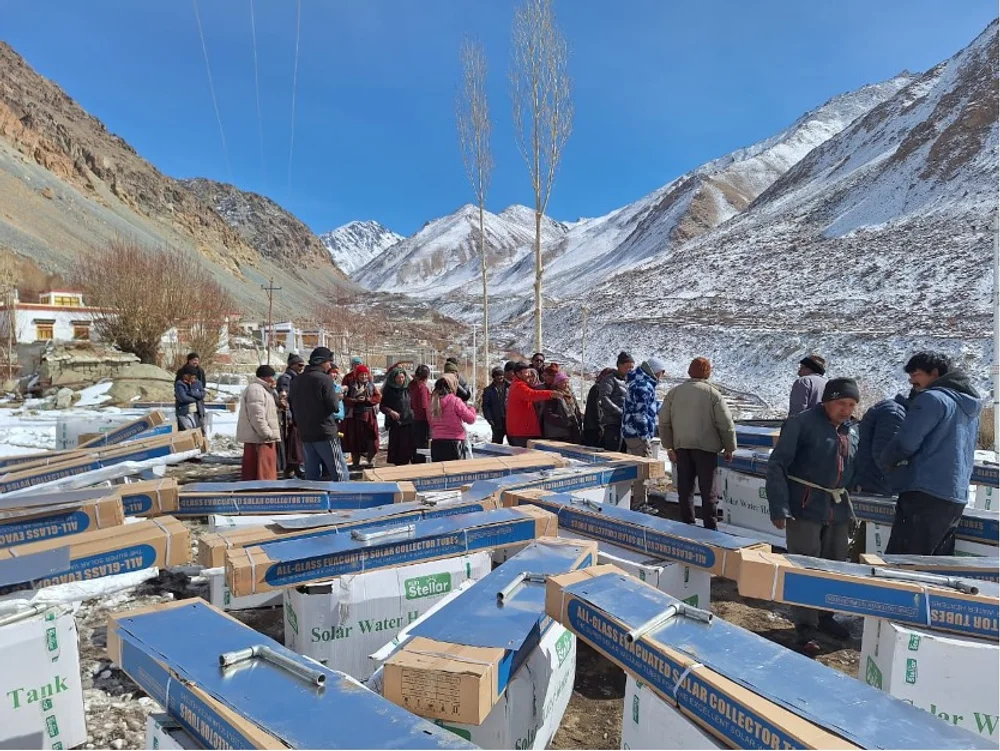
Solar Water Heaters being installed in winters
Each Solar Water Heater removes 2000 kgs of CO2 emissions annually
Moreover, the environmental impact of this initiative cannot be overstated. By reducing reliance on traditional fuels is reduced as solar water heaters help preserve Ladakh’s delicate ecosystem by cutting deforestation and lowering carbon emissions. This supports sustainable development goals that balance human needs with environmental care. The success of solar water heaters in Ladakh demonstrates the potential of renewable energy to address challenges in harsh environments and underscores the importance of community engagement in sustainable solutions.
Additionally, solar water heaters support community-driven tourism development. By providing a steady supply of warm water, villagers can transform their homes into homestays, offering comfort to travelers year-round. This opens new avenues for development, with GHE focusing on creating high-quality, responsible tourism experiences through Mountain Homestays, which aims to enhance local accommodation while preserving the region’s authenticity.
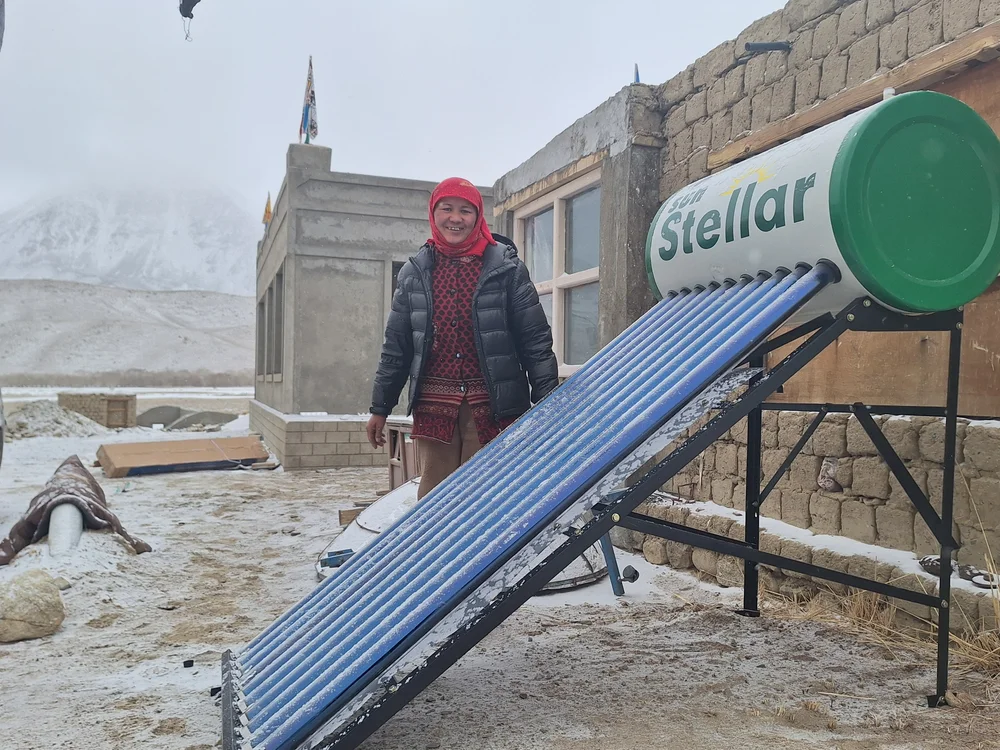
Homestay Owner Enjoying Solar Water heater In Winters
Latest Blogs
Explore perspectives on the work we do and ways to make an even greater impact together.



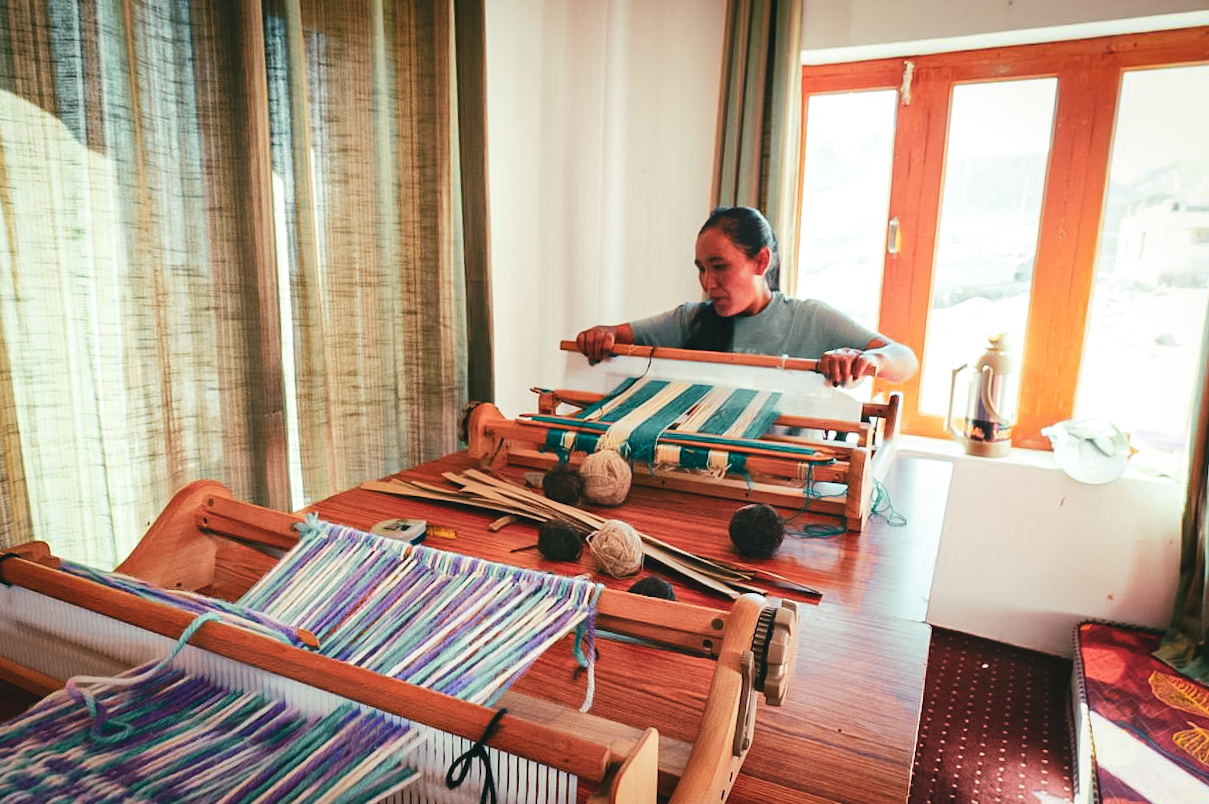
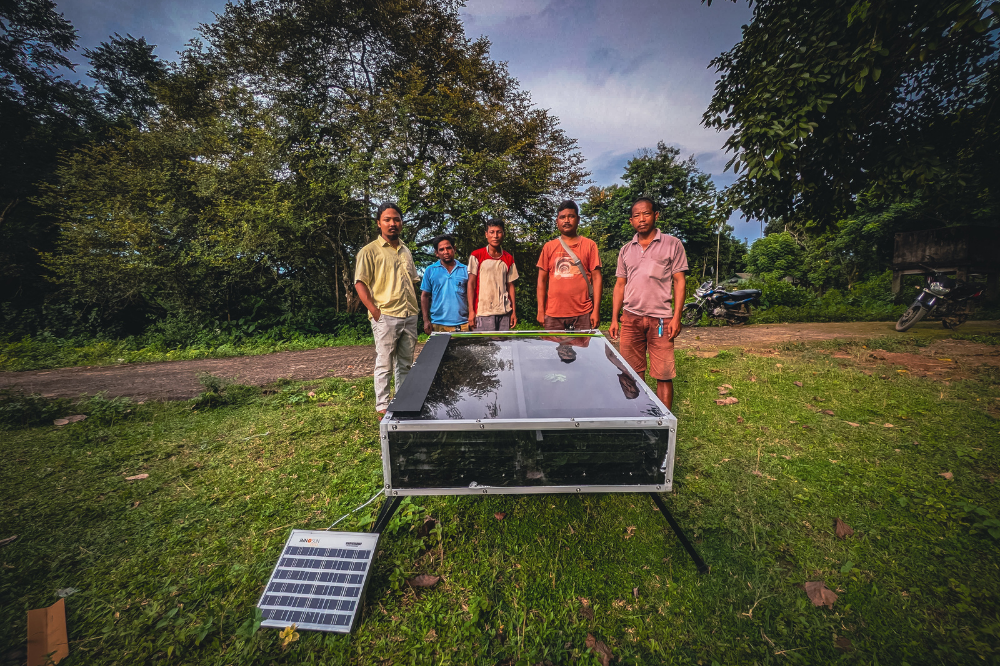
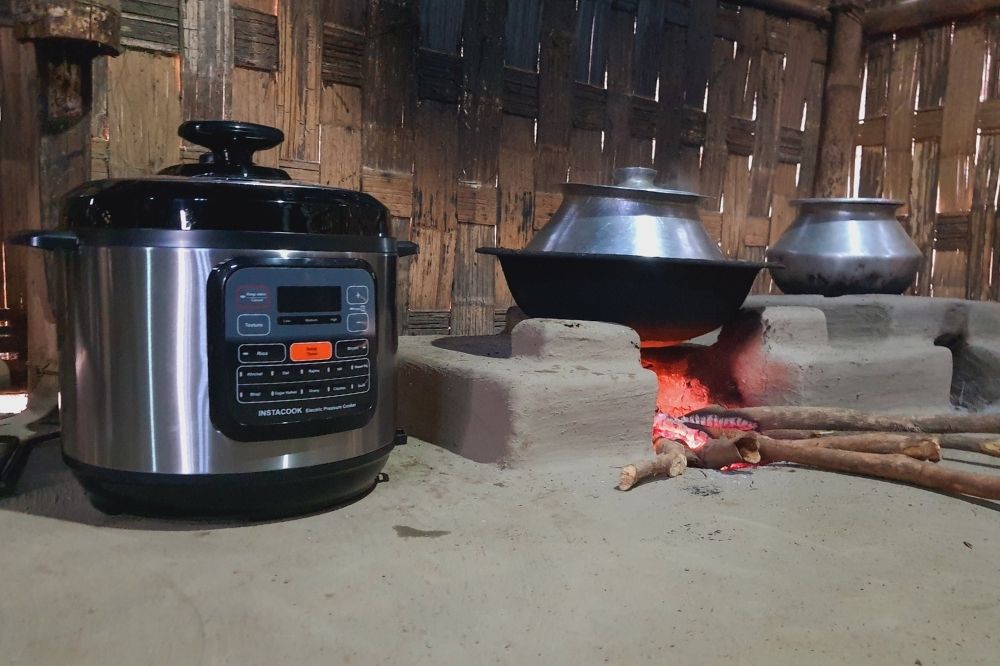







0 Comments